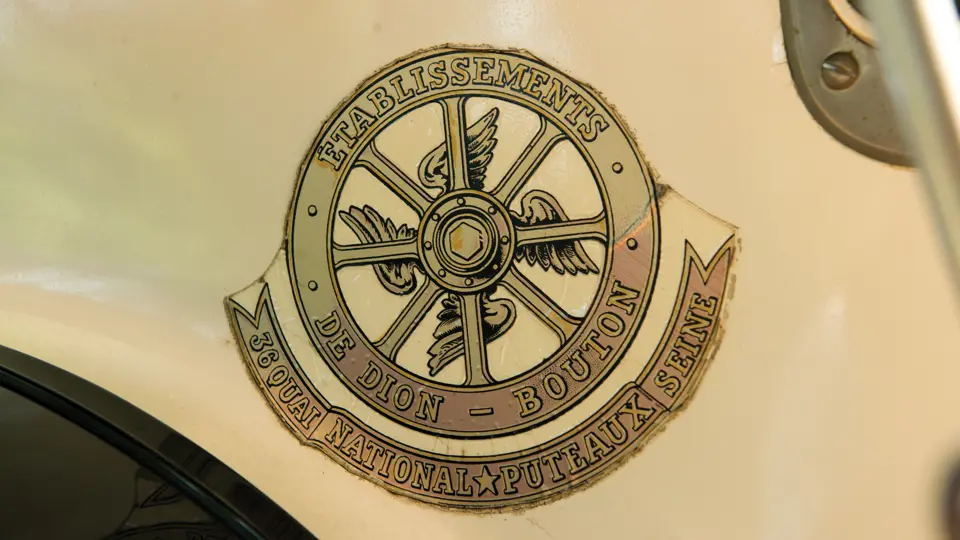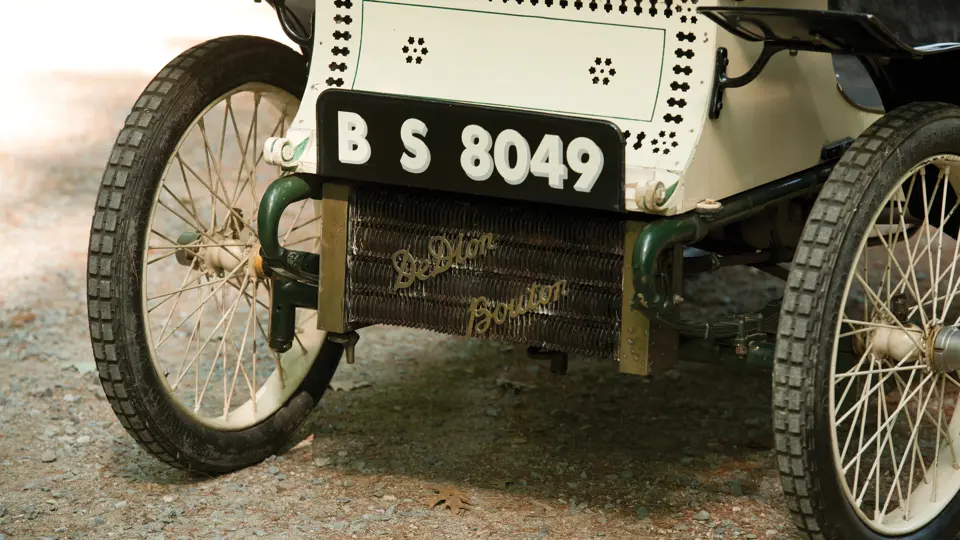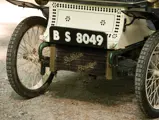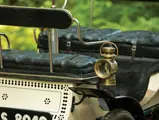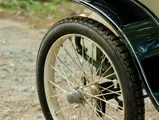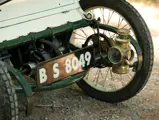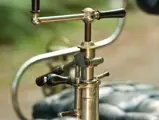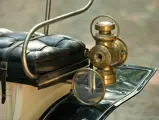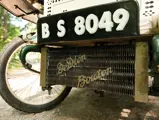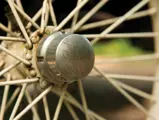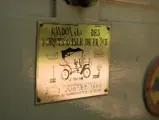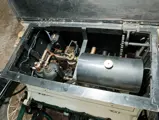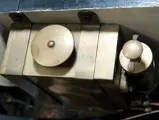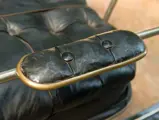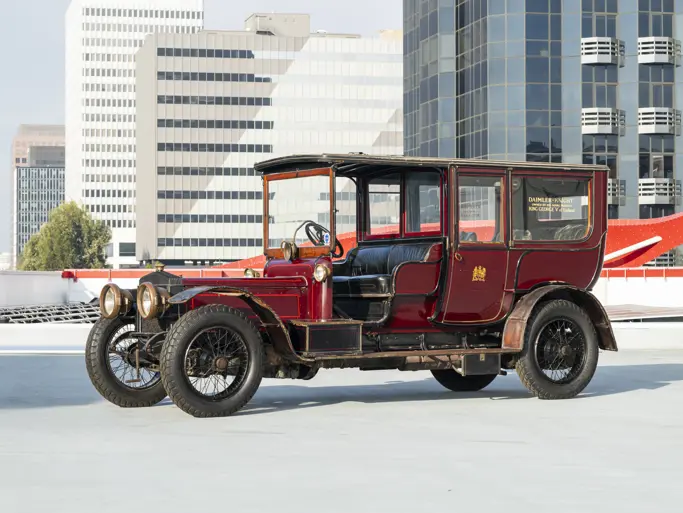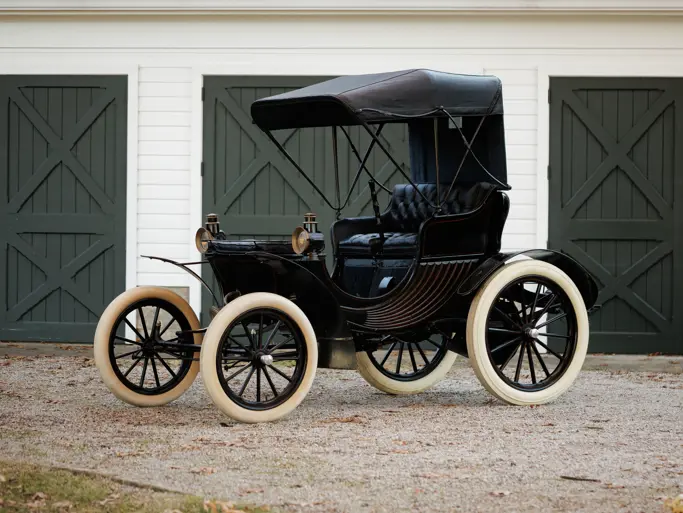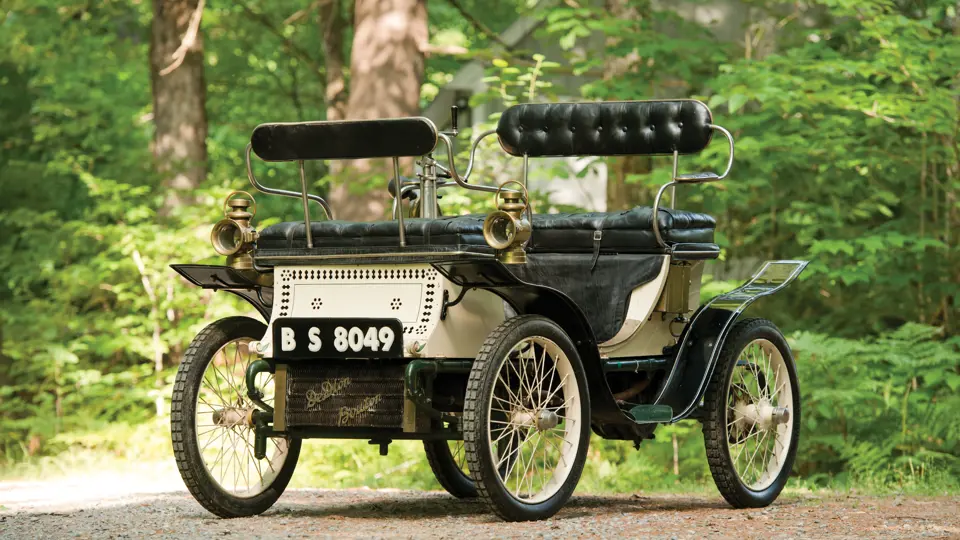
1900 De Dion-Bouton Vis-à-Vis
{{lr.item.text}}
$96,250 USD | Sold
Offered from the collection of John Moir
{{bidding.lot.reserveStatusFormatted}}
- Offered from the collection of John Moir
- Built by one of the most famous early names in motoring
- A pioneer automobile with remarkable modern features
- Charming “face-to-face” seating
- Eligible for London to Brighton Veteran Car Runs
3.5 bhp, 402 cc single-cylinder engine, two-speed manual transmission with chain drive, suspension, and rear-wheel mechanical brakes. Wheelbase: 60 in.
During the 1960s and 1970s, a hallmark of any European sports cars was the de Dion rear axle. Little did many enthusiasts of the time know that the design actually dated back eight decades, to the shop in France of automakers De Dion-Bouton, a pioneer automaker established in 1883 by the partnership of Count Albert de Dion, George Bouton, and Charles Trépardoux.
The trio produced their first steam-powered tricycle that year and their first gasoline car in 1889. By 1900, the firm was producing 1,500 cars and over 5,000 engines for other automakers. They also supplied powerplants to 150 other manufacturers, and their design was copied by many more. Their company was, in other words, the leader of early automaking in the world and a pioneer of designs that sold all over the globe.
Mr. Moir relishes in describing the details of his De Dion-Bouton’s engineering:
"Even in 1900, these cars had a de Dion rear end. It was designed in the 1890s by their engineer, Trepardoux, and it has a shaft drive from the engine under the seat to a rear differential to two universal joints to half shafts to two more universal joints to the two rear wheels. The power is delivered through the flexible half shafts, while the weight and stress is carried by the tubular dead axle. The whole idea was to reduce the unsprung weight to the rear wheels. I have always left the cover off the differential so that visitors can see the design."
The body style, typical to De Dion-Boutons produced this year, is a charming vis-à-vis, or “face-to-face,” with the passengers seating facing the driver, who rides atop the car’s 3.5-horsepower engine. Typical of a French automobile, even one from the 1900s, detail is extravagant and includes decorative grillework cut into the body in floral patterns, dramatic flared fenders, and brass “De Dion Bouton” script, which is carried over the radiator. Its paint and interior leather are both aged and likely date to the 1960s or 1970s, but the trim responds well to polish. Overall, the car is still attractive enough for enjoyment on tours. Premiere among those tours would be the London to Brighton Veteran Car Run, which, according to Mr. Moir, this automobile completed in previous ownership.
Thanks to their advanced engineering that set the mold for others to follow, De Dion-Boutons are some of the most prized and valuable of all early horseless carriages, and they figure into collections as diverse as the Seal Cove Auto Museum and the Schlumpf stables. This is a rare opportunity for American enthusiasts to acquire one and appreciate its engineering first-hand on the road.
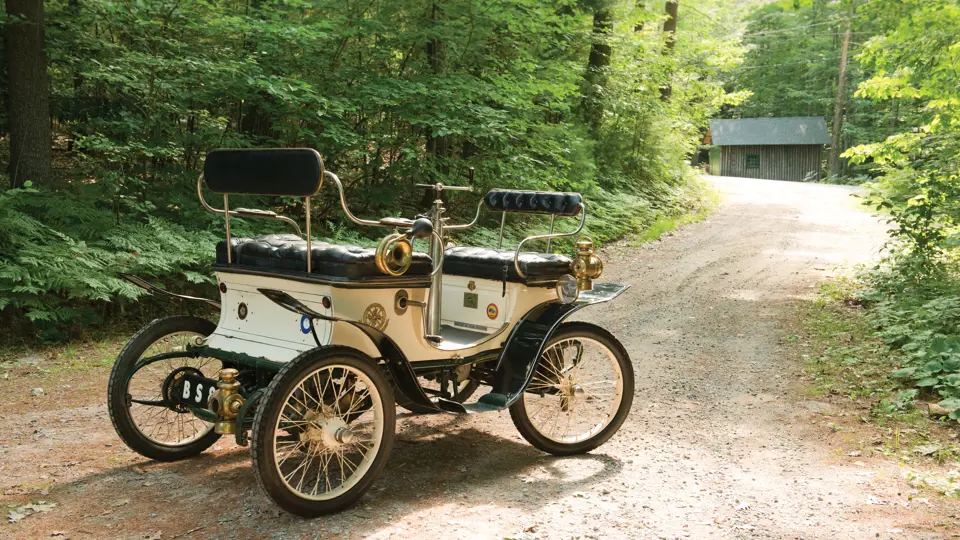
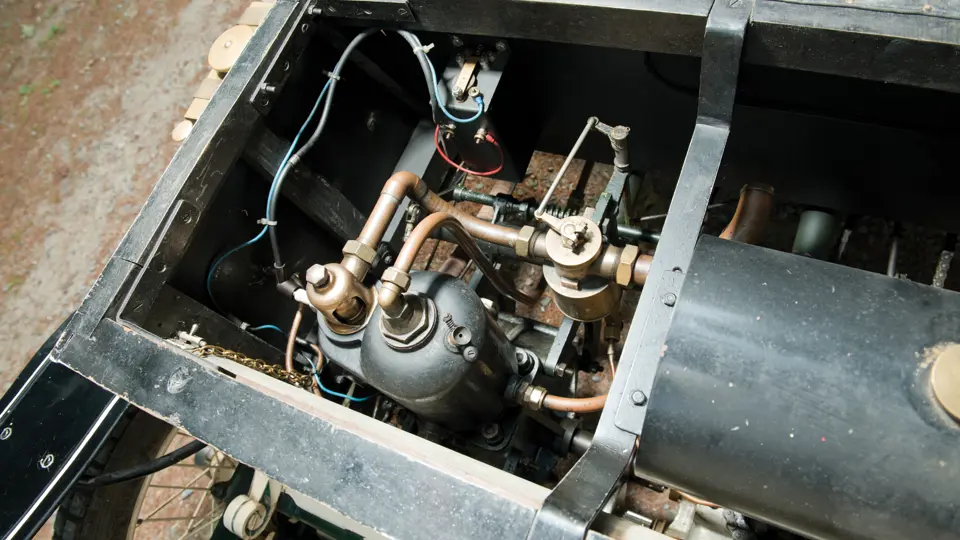


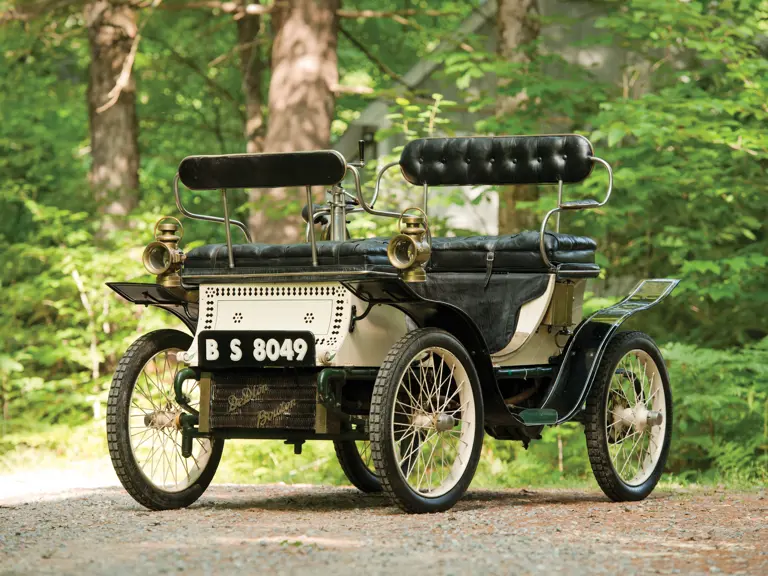
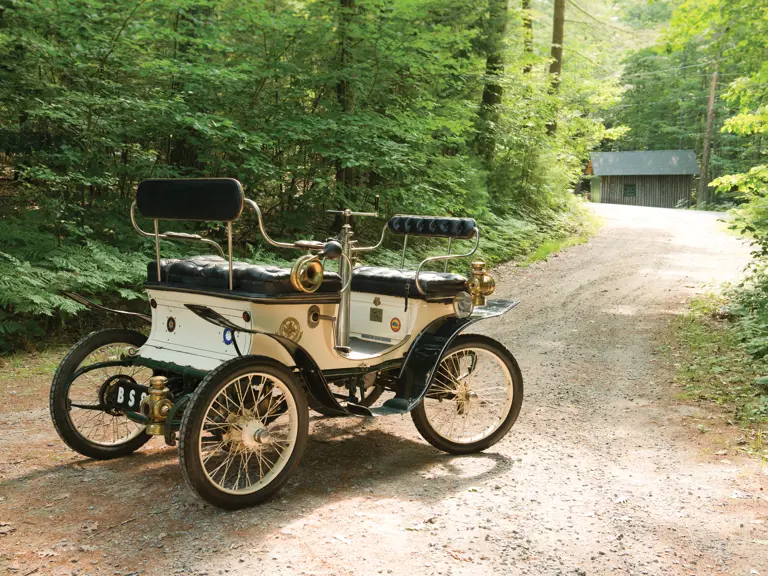


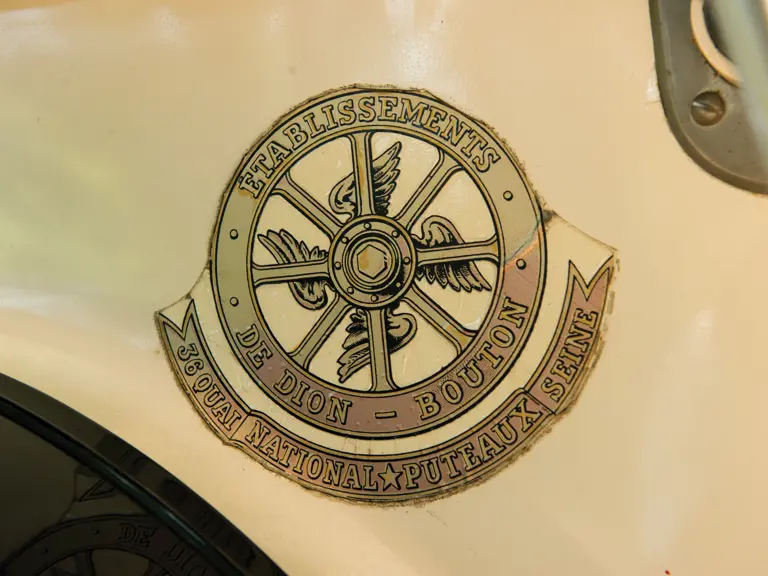


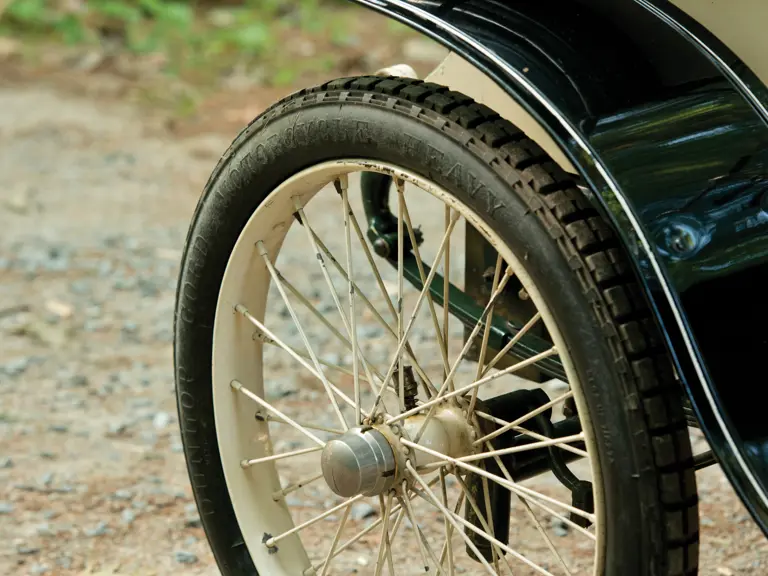
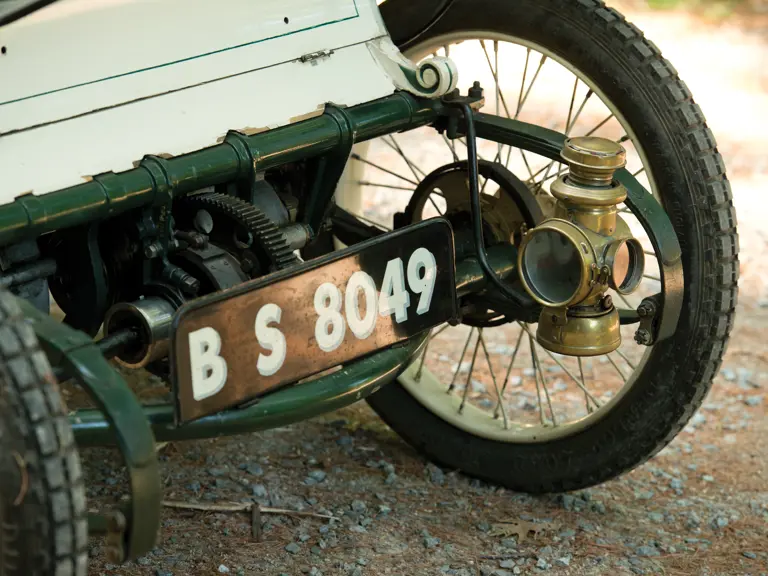
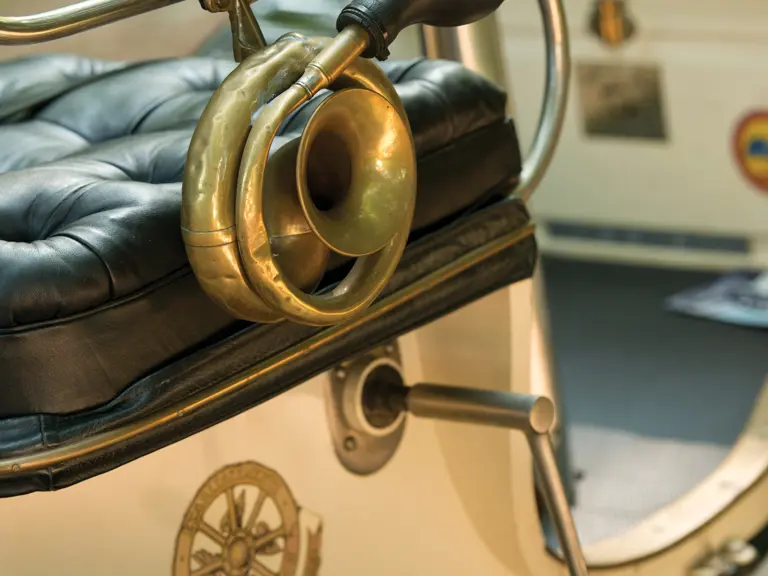

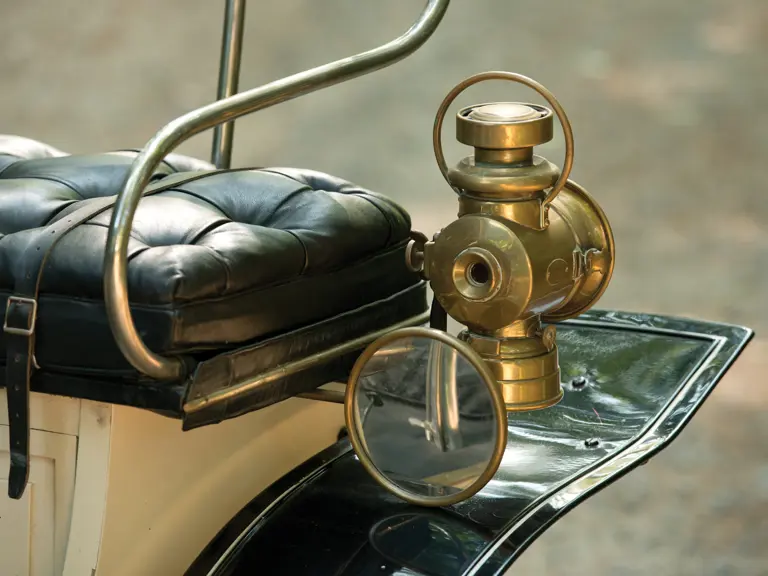
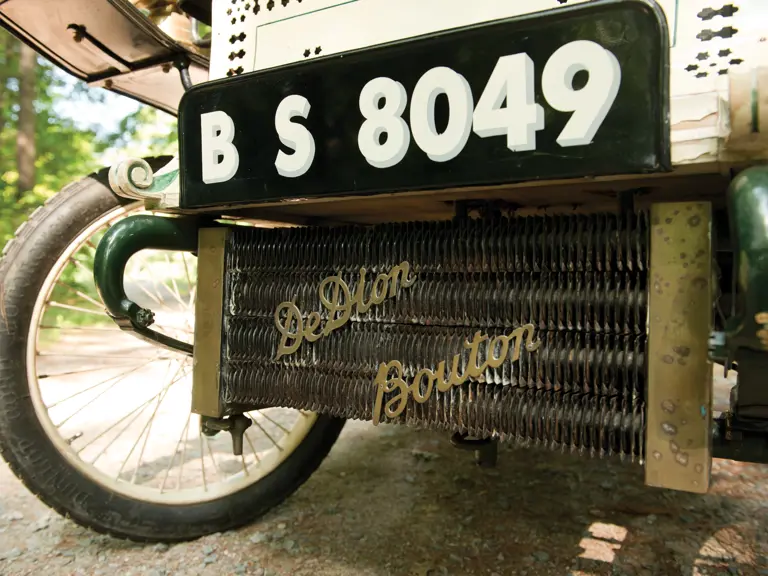

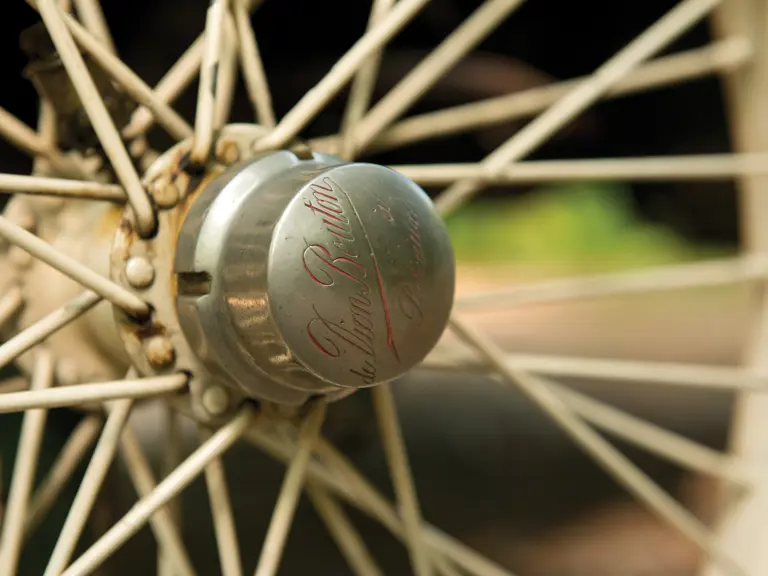
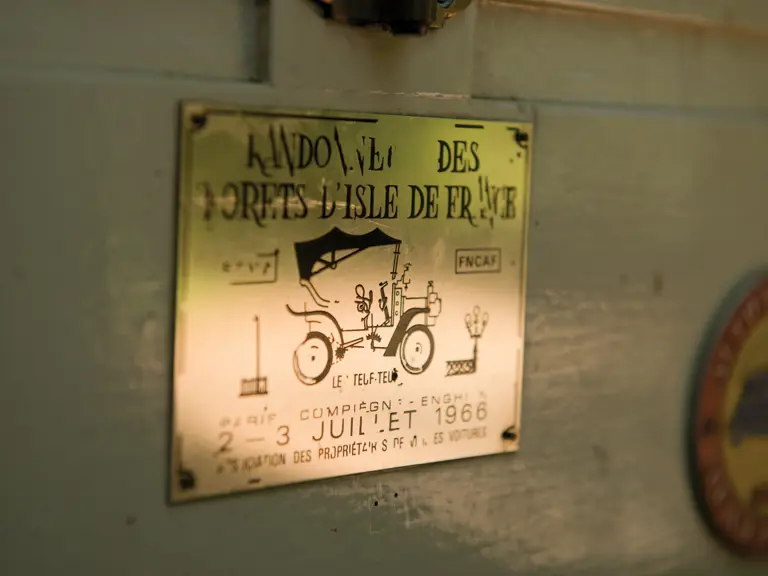


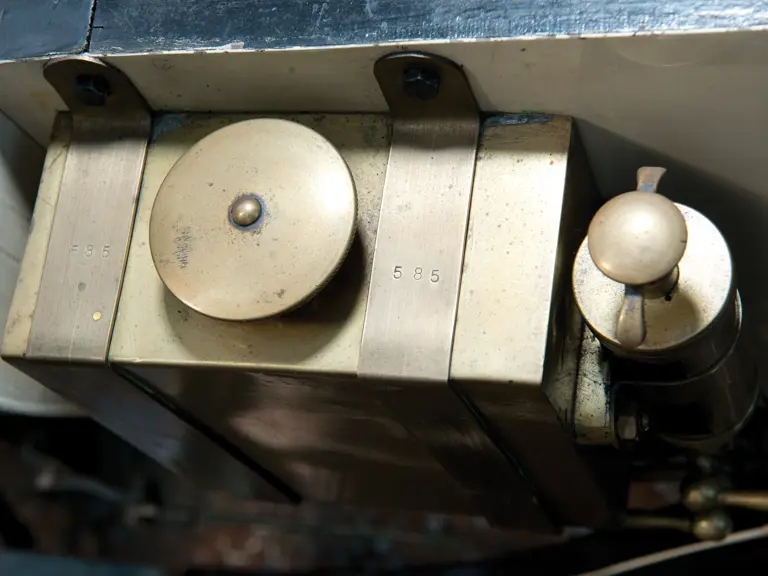

 | Hershey, Pennsylvania
| Hershey, Pennsylvania
